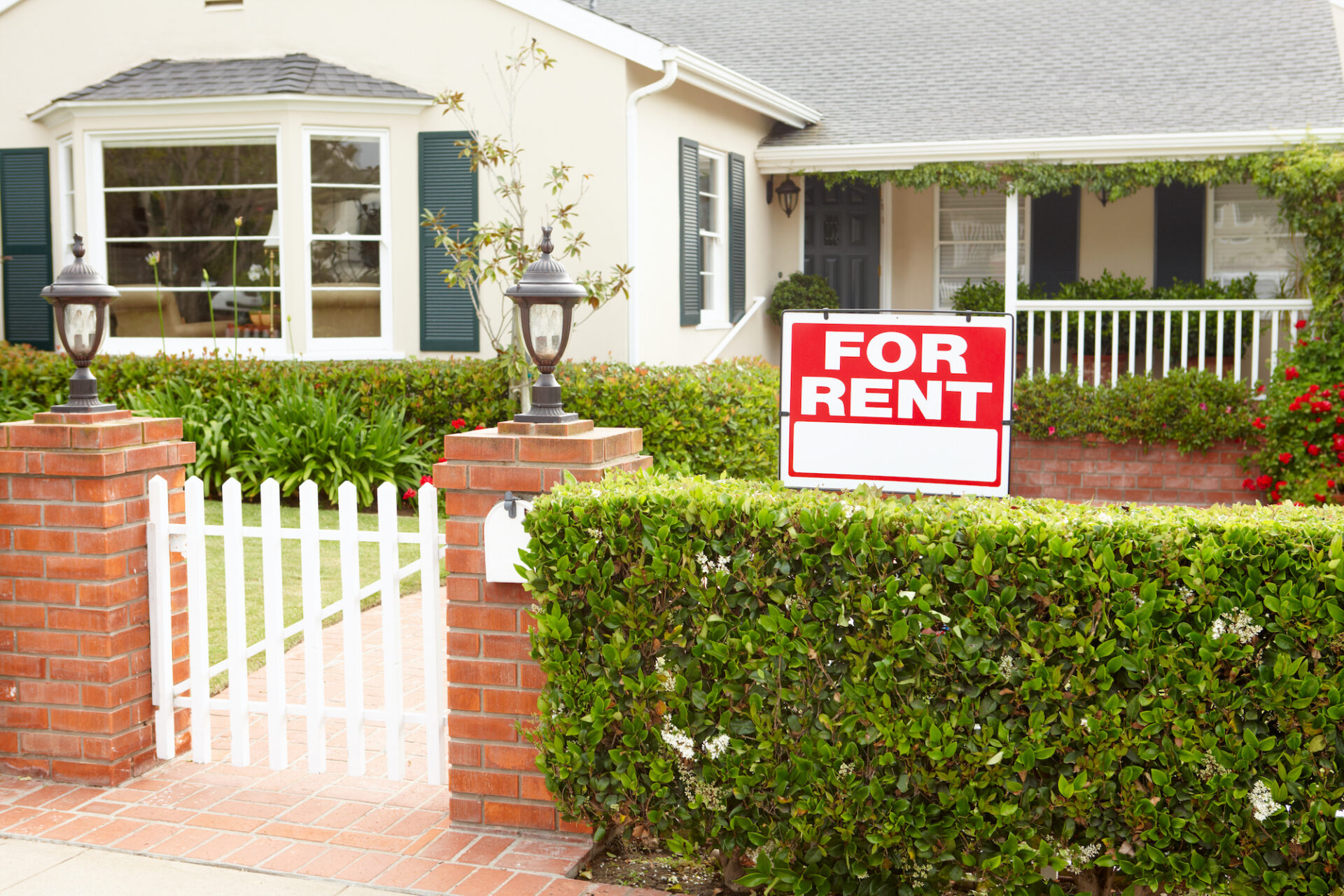Some homeowners have opted to sell their houses rather than restart their active forbearance plans, leading to a 13% increase year-over-year in the nation’s supply of affordable homes.
“The end of forbearance has forced many lower-income Americans to put their homes up for sale and become renters,” said Redfin Chief Economist Daryl Fairweather.
“This has caused the number of affordable homes on the market to surge, helping replenish inventory amid an acute housing shortage. It’s a rainstorm after a long drought, but the drought isn’t over yet.”
Forbearance exits picked up in the final week of October, according to Black Knight’s blog, Vision. The number of loans in active forbearance fell by 6.9%, with 85,000 homeowners exiting their plans.
Forbearance plan starts also fell by 8% last week, after a slight mid-month rise. The decrease put plan restart activity at its lowest point since early October.
Active forbearance plans have dropped 23% month-over-month. Black Knight noted that more exits are likely next week as 29,000 reviews are still on the schedule, 75% of which are expected to be final expirations.
The largest declines were in FHA/VA loans, which saw a drop of 9%, or 42,000 exits.
But all categories saw improvement, with a 21,000 drop in forborne loans held by Portfolio and PSLs and 22,000 for GSE loans. The prior week saw decreases of fewer than 10,000 loans in all categories, so these numbers fare far better.
The total number of mortgage holders in Covid-19 related forbearance is now 1.14 million, or 2.1% of all mortgages.
Here are some more highlights from the post:
- Share of Fannie and Freddie loans in forbearance: 1.2% (-0.1%)
- Share of VA and FHA loans in forbearance: 3.5% (-0.2%)
- Share of GSE loans: 1.2% (-0.1%)
- Share of Portfolio-held and PSL: 2.8% (-0.2%)
